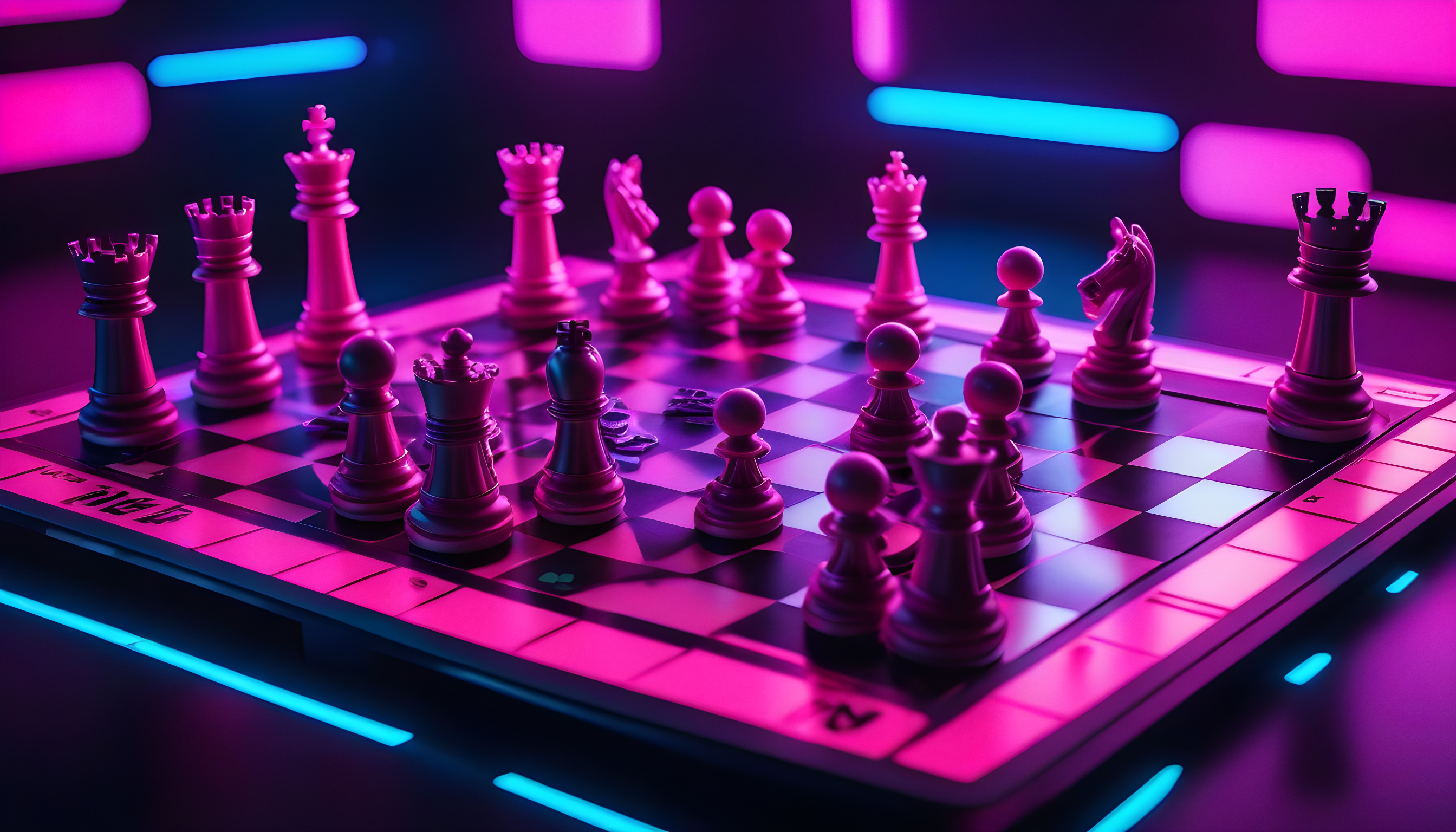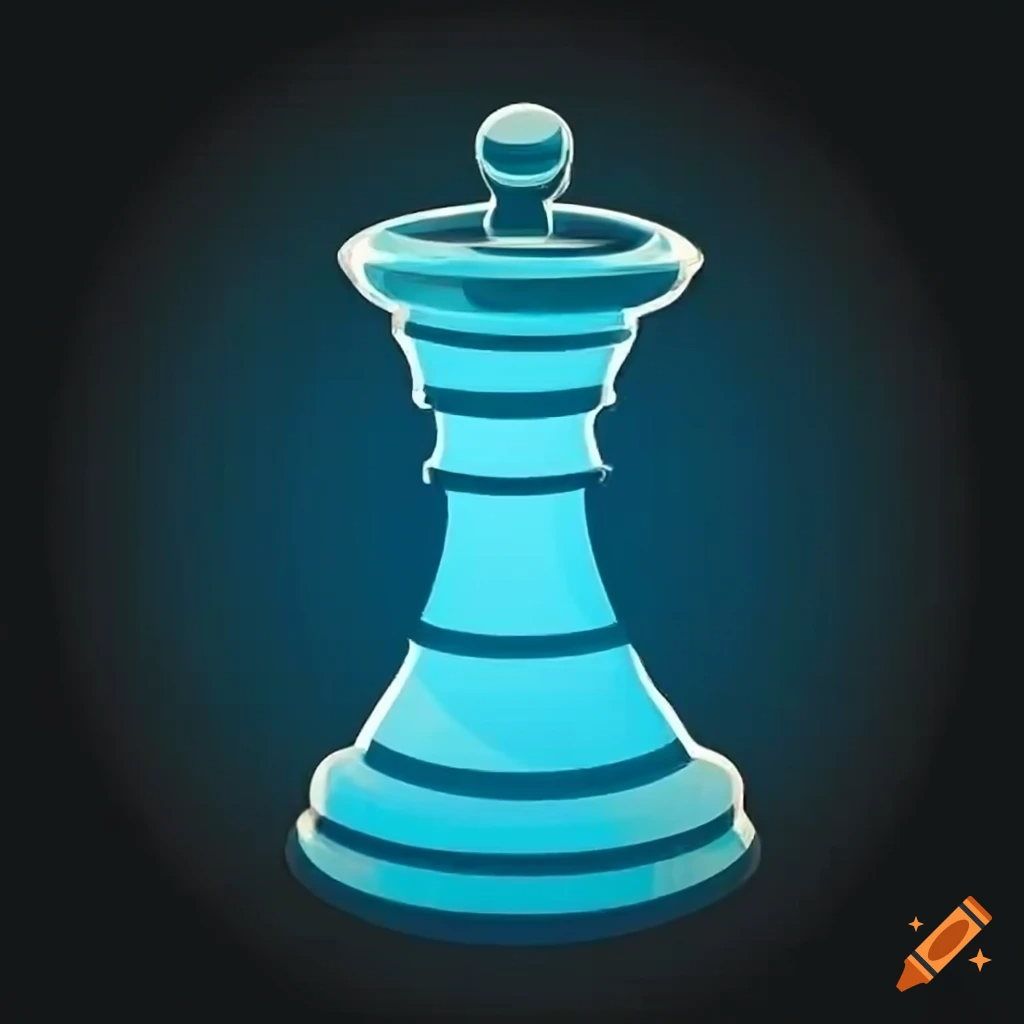Chess Puzzles are preset positions where players must find a solution. These solutions are typically either gaining material or delivering a checkmate. Regularly solving chess Puzzles can improve your tactical skills, pattern recognition, and overall understanding of the game.
It is important to focus on quality over quantity when solving chess Puzzles. Solving a large number of Puzzles without really understanding the lessons and principles can actually hinder your improvement!
Tactics
The best way to improve your tactical vision is to solve lots of chess puzzles. These exercises train your brain to recognize patterns in positions that are not easy to spot. This helps you to pick out tactics like double attacks, pins, back rank weakness, and overloading much faster.
One common mistake people make while solving chess puzzles is not taking the time to calculate all of the different moves. This can devastate their chances of winning a game. Instead, they usually just guess a move that looks good and doesn’t consider all of the other possible candidates.
While this method works well for a chess puzzle, it won’t help you in a real game. You should always try to see all of the lines until you reach a clear evaluation. Also, remember to include counter chances for your opponent. This will ensure you are training your mind to find the right solutions. This is far more important than the quantity of puzzles you solve every day.
Critical thinking
Chess puzzles require a different type of thinking than practice games. In addition to improving tactical skills, they also help improve strategic planning and concentration. These benefits make them valuable for all levels of players.
In addition, solving chess puzzles can teach you to recognize patterns. These are recurring themes that appear in many positions, such as pins forks and double checks. Regularly studying chess puzzles will allow you to recognize these motifs more quickly.
Some chess puzzles have connections to mathematics, including graph theory and combinatorics. These types of chess puzzles are often used in school math classes to teach students how to analyze material and possible moves on the board. It’s important to know that settling for a guess in a chess puzzle encourages bad habits and will hurt your game. Instead, take the time to analyze a position before choosing a move. This will maximize your training value. Then, repeat the process until you feel confident about your decision.
Problem-solving
If you want to improve your chess, you need to work on your problem-solving skills. Chess puzzles are an excellent way to do this because they allow you to practice positions and structures while forcing your mind to analyze them quickly. They also provide a good way to work on your reaction time and visualization.
The first thing you need to do when solving a chess puzzle is to understand what the position is asking of you. The easiest ones are direct mates, which require you to win in a specific number of moves (two-movers, three-movers, etc.). More difficult chess puzzles may have more complicated combinations, such as a selfmate or fairy chess.
While solving chess compositions doesn’t have the same practical value as playing a game, it is an important part of training for many top players. It helps them to learn new ideas and less common patterns, which they can later incorporate into their practical play.
Board vision
When solving chess puzzles, board vision is important. It allows you to see opportunities for tactical attacks or mates and to calculate their chances. In addition to improving your tactical awareness, it also sharpens your problem-solving skills. However, it’s important to start with simple puzzles and gradually increase the difficulty. This will ensure that your puzzle practice aligns with your skill level.
For beginners, it’s best to use simple puzzles that focus on basic tactical motifs such as forks, pins, and discovered attacks. Once you’ve mastered these basics, you can move on to more complex puzzles that require deeper calculation and advanced tactical concepts.
It’s also important to use chess puzzles in conjunction with other training methods. For example, integrating them with opening studies can help you better understand the tactical nuances of a particular opening. You can also pair them with endgame studies to sharpen your decision-making skills in these crucial phases of the game.



